Periodontitis, or gum disease, is common in older people and may become more common in Alzheimer’s patients because of a reduced ability to take care of oral hygiene as the disease progresses. Higher levels of antibodies to periodontal bacteria are associated with an increase in levels of inflammatory molecules elsewhere in the body, which in turn has been linked to greater rates of cognitive decline in Alzheimer’s disease in previous studies.
A new study set out to determine whether periodontitis or gum disease is associated with increased dementia severity and subsequent greater progression of cognitive decline in people with Alzheimer’s disease.
In the observational study, 59 participants with mild to moderate Alzheimer’s disease were cognitively assessed and a blood sample was taken to measure inflammatory markers in their blood.
The presence of gum disease at baseline was associated with a six-fold increase in the rate of cognitive decline in participants over the six-month follow-up period of the study. Periodontitis at baseline was also associated with a relative increase in the pro-inflammatory state over the six-month follow-up period. An inverse association was observed between the number of remaining teeth and the risk of developing Alzheimer’s disease.
If you, your family or friends need dental care, we would be honored to provide you with state-of-the-art dental care in our modern dental practice. Refer someone you love to someone you trust!
Presented as a service to the community by Doctors Hoover and Yanda,
39 Milford Drive, Hudson, Ohio 44236. 330-650-0360. www.drshooverandyanda.com


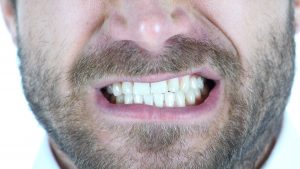
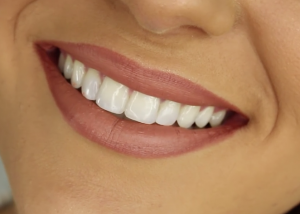



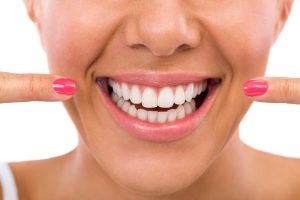 A: There are at least three main methods people use to have their teeth whitened. There are over-the-counter methods available in most pharmacies. There are methods that are done entirely within the dental office. Lastly, there are methods that involve having trays fitted by a dentist that are then worn at home. Over-the-counter methods are the least expensive. They do work to a certain extent but tend to take longer and their “one size fits all” feature doesn’t work for everyone. Methods that are done entirely within the dental office and those involving custom-made trays by the dentist that are then worn at home both are more likely to brighten teeth more quickly and effectively. We choose to fabricate trays in our office for one major reason. All bleaching eventually fades and then requires whitening again to regain that brighter smile. With “in-office only” methods, they need to be done entirely over at full fee and that fee is typically higher than the custom tray method. With the custom tray method, when whitening is needed again since you still have the trays, the only expense with subsequent treatments is to purchase the tubes of bleach. That cost is minimal compared to starting all over again. Many of our patients choose the start of a new year as the perfect time to whiten their teeth.
A: There are at least three main methods people use to have their teeth whitened. There are over-the-counter methods available in most pharmacies. There are methods that are done entirely within the dental office. Lastly, there are methods that involve having trays fitted by a dentist that are then worn at home. Over-the-counter methods are the least expensive. They do work to a certain extent but tend to take longer and their “one size fits all” feature doesn’t work for everyone. Methods that are done entirely within the dental office and those involving custom-made trays by the dentist that are then worn at home both are more likely to brighten teeth more quickly and effectively. We choose to fabricate trays in our office for one major reason. All bleaching eventually fades and then requires whitening again to regain that brighter smile. With “in-office only” methods, they need to be done entirely over at full fee and that fee is typically higher than the custom tray method. With the custom tray method, when whitening is needed again since you still have the trays, the only expense with subsequent treatments is to purchase the tubes of bleach. That cost is minimal compared to starting all over again. Many of our patients choose the start of a new year as the perfect time to whiten their teeth.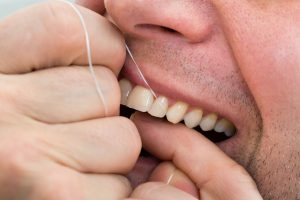 Brushing twice a day with an ADA certified fluoride toothpaste and flossing with dental floss or an interdental cleaner once a day is advised. Keep appointments with your dentist and hygienist for routine check-ups and teeth cleanings.
Brushing twice a day with an ADA certified fluoride toothpaste and flossing with dental floss or an interdental cleaner once a day is advised. Keep appointments with your dentist and hygienist for routine check-ups and teeth cleanings.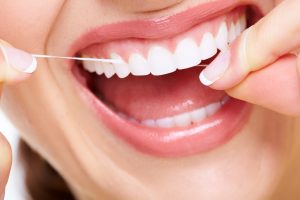 Enamel loss is a common component of tooth decay and may result in tooth sensitivity. In many cases, sensitivity caused by enamel loss will be significantly improved or completely eliminated once an appropriate dental filling material is placed.
Enamel loss is a common component of tooth decay and may result in tooth sensitivity. In many cases, sensitivity caused by enamel loss will be significantly improved or completely eliminated once an appropriate dental filling material is placed.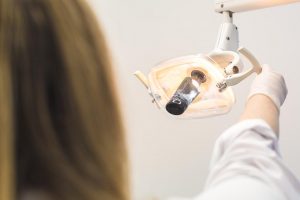 Composite fillings are usually more expensive than traditional amalgam fillings because they require a more sophisticated process, more expensive materials and additional office equipment. Composite materials offer an aesthetic alternative to traditional amalgam materials. Because composites can be bonded to teeth, they provide a better seal against leakage and further decay. As such, people who have previously received amalgam fillings often return to their dentist to have them replaced with composite.
Composite fillings are usually more expensive than traditional amalgam fillings because they require a more sophisticated process, more expensive materials and additional office equipment. Composite materials offer an aesthetic alternative to traditional amalgam materials. Because composites can be bonded to teeth, they provide a better seal against leakage and further decay. As such, people who have previously received amalgam fillings often return to their dentist to have them replaced with composite.